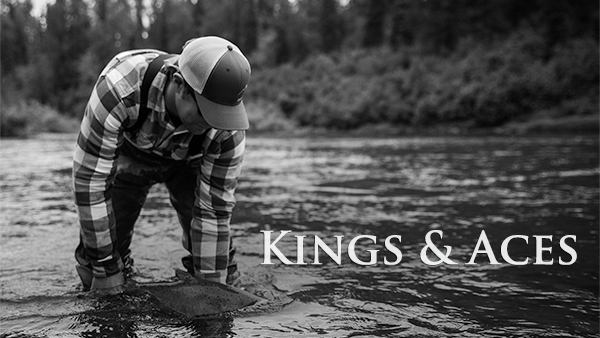They call them Kings for a reason. In 2013, we traveled around Alaska for 6 weeks filming Alaska largest salmon on the fly for our short film Long Live the King. These are special salmon, and they do not return to AK in the enormous numbers that sockeye, coho, pink, and chum salmon do. King Salmon conservation should be a continuing topic of discussion among guides and anglers in AK.
King Salmon are an icon in Alaska, and one of the most exciting sport fish in the Last Frontier. Here's a little highlight reel from that footage we shot back in 2013. Watch in HD - Comment, Share, and Enjoy!
